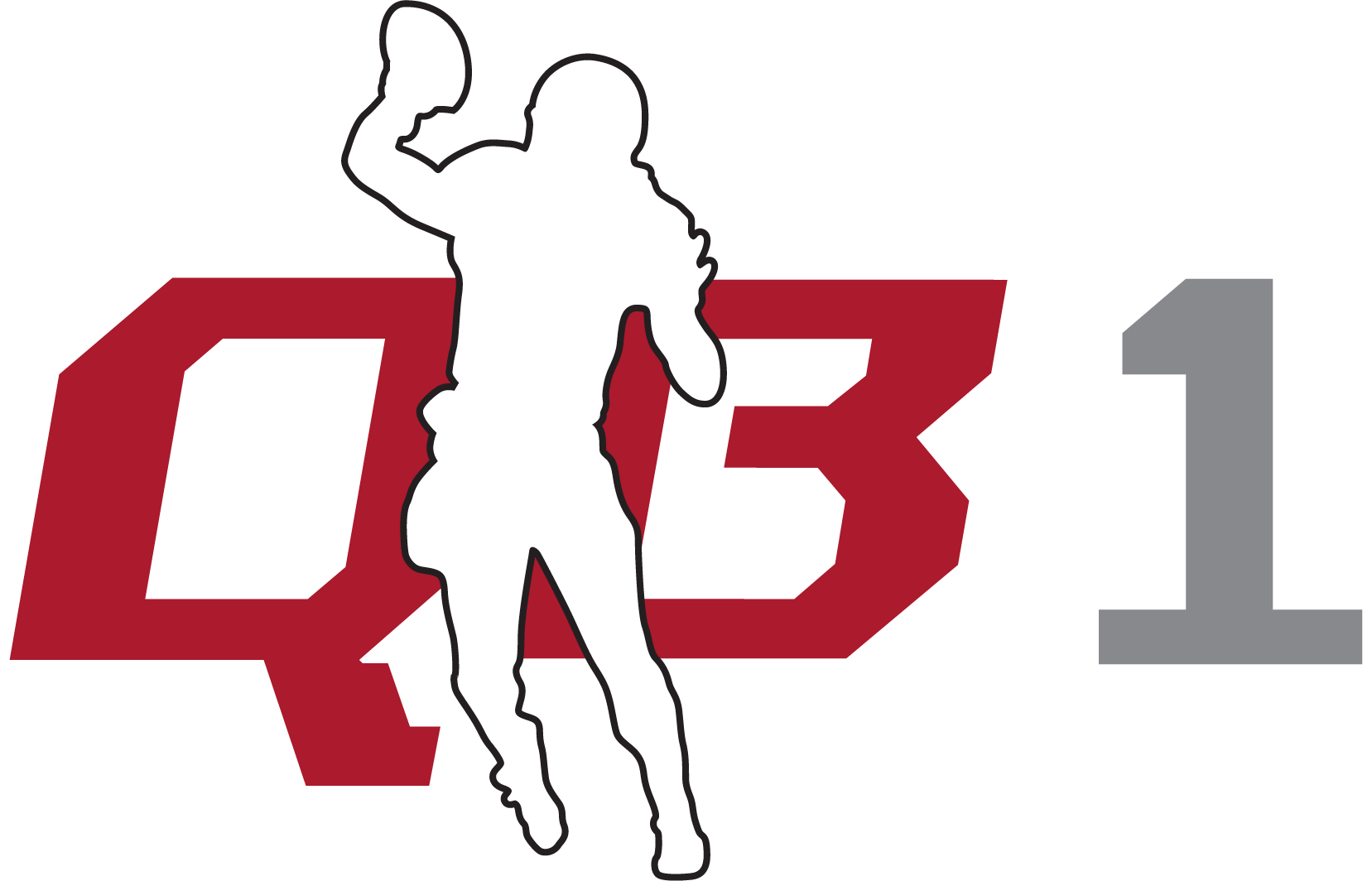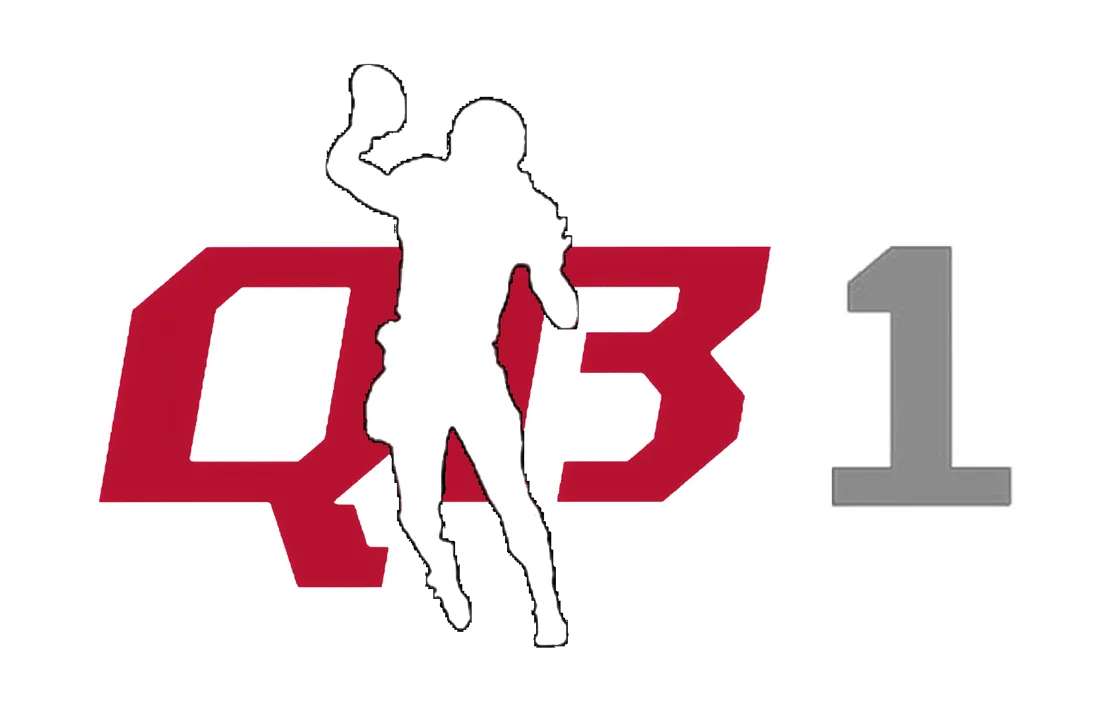ALL THINGS QB1

How to Recognize and Attack Cover 4 Defense
Quarterback Training Breakdown: How to Recognize and Attack Cover 4 Defense
As a quarterback, developing a high football IQ is just as important as building arm strength or improving throwing mechanics. One of the most common coverages you’ll face at the high school, college, and even professional level is Cover 4 Defense.
Also known as “Quarters Coverage,” this defensive scheme challenges QBs to make fast reads and smart decisions. In today’s quarterback training breakdown, we’ll cover what Cover 4 looks like, how to identify it pre-snap, and the best ways to attack it as a quarterback.
What is Cover 4 Defense?
Cover 4 is a zone coverage where the two safeties and two cornerbacks split the deep part of the field into four equal quarters. This gives the defense strong protection against deep passes, making it a favorite for defensive coordinators in long-yardage situations. Linebackers and underneath defenders cover the short and intermediate zones, forcing the quarterback to be patient.
For quarterbacks in training, understanding defensive coverage recognition is key. If you can’t diagnose Cover 4 pre-snap, you’ll struggle to anticipate how safeties and corners will react once the ball is snapped.
How to Recognize Cover 4 as a Quarterback
During quarterback film study, you’ll notice several tells that can help you identify Cover 4:
Two high safeties lined up 10–12 yards deep.
Cornerbacks aligned with outside leverage, often at 6–8 yards depth.
Safeties staying balanced over the hash marks instead of shading to one side.
In your quarterback training sessions, practice scanning safeties immediately before and after the snap. If they stay deep instead of rolling down, it’s likely Cover 4.
Quarterback Mistakes Against Cover 4
Even talented QBs get tricked by Cover 4 if they don’t study defensive tendencies. Common mistakes include:
Ignoring the checkdown: Young quarterbacks often fail to use running backs or tight ends underneath. Against Cover 4, patience wins.
Misreading cornerback leverage: Corners in Cover 4 can pass off routes vertically, baiting QBs into throws that look open but aren’t.
Quarterback coaches emphasize discipline in these situations—stick to your progressions, don’t rush, and trust your reads.
How to Attack Cover 4 as a Quarterback
Here’s where your quarterback mechanics, training, and football IQ pay off. The weaknesses in Cover 4 are in the short and intermediate zones, especially between linebackers and safeties. Offensive coordinators often design route concepts to put stress on those defenders.
Best Route Concepts Against Cover 4
Flood Concept: Overloads one side of the field with routes at different depths.
Four Verticals (with option routes): Forces safeties to make tough choices and opens up seams.
Smash Concept: Short hitch combined with a corner route, creating conflict for the cornerback.
Curl/Flat: Simple but effective in exploiting soft underneath coverage.
Mills: Post over dig when looking for the homerun.
During quarterback training drills, practice throwing with anticipation into these soft spots. Mechanics like shoulder alignment, weight placement, hip rotation, and timing become critical here.
Quarterback Training Takeaways
Cover 4 is designed to frustrate quarterbacks who want to hit the deep ball. The key is patience, discipline, and trust in your progressions. By combining film study, QB footwork drills, defensive recognition training, and live reps, you’ll learn how to diagnose Cover 4 quickly and attack it with confidence.
At QB1 Athletics, our quarterback training program teaches athletes how to master coverages like Cover 4 while sharpening their throwing mechanics, decision-making, and leadership on the field. Whether you’re preparing for Friday night lights, a college recruiting showcase, or simply working to take your game to the next level, learning how to beat Cover 4 is a must.



